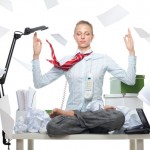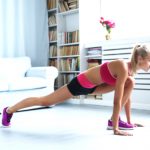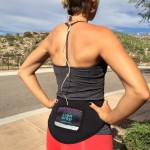Relax!!
 Stressed? Tense? Anxious? We’ve all been there (some of us more than others). Here are three quick and easy techniques you can do almost anywhere to bring some calm and clarity back into your day.
Stressed? Tense? Anxious? We’ve all been there (some of us more than others). Here are three quick and easy techniques you can do almost anywhere to bring some calm and clarity back into your day.
Breath Awareness – This technique is meant to keep you entirely focused on your breathing. In a pinch you can do this in your car or office and just concentrate on your breath as you inhale and exhale. By doing this you will automatically begin to deepen and slow down your breaths, which will physically relax you. If you have a little more time and privacy you can try this sitting or lying in a darkened room. Control your breath – inhale for 4 counts, exhale for 6, and as you do this imagine breathing in peace, light and positive energy and breathing out anger tension and negativity.
Visualization – This method draws on as many senses as possible to imagine a situation, setting or outcome as closely to the real thing as possible. Athletes employ this method to help build confidence and to decrease stress and anxiety in a competitive setting. Use this technique to visualize a goal, important meeting or presentation. Use detailed imagery to picture yourself in a favorite relaxing location (beach, woods etc) to bring about a sense of serenity. The more detailed the imagery the more effective. Further to this technique is the use of Guided Imagery, which draws upon the same principles, but with the use of a recorded voice (it could be your own) “walking” you through your visualized setting, asking specific questions (what do you see, hear, smell/etc) to direct your relaxation even further.
Progressive Relaxation – This method works best lying in a quiet room. Starting at your head (or feet), you work your way down your body taking notice of where you have tension. At each site you will stop, contract or squeeze the muscles for 3-5 seconds and then release. For example, scrunch up your face then relax it, move to your neck and repeat, then your shoulders and so on. This systematic method not only keeps your mind focused on the present task but it physically relaxes you and also helps slow the breath. Once you are more in tune with your body, you can use this method anywhere to identify and focus the exercises specific to the areas that are most tense.



















